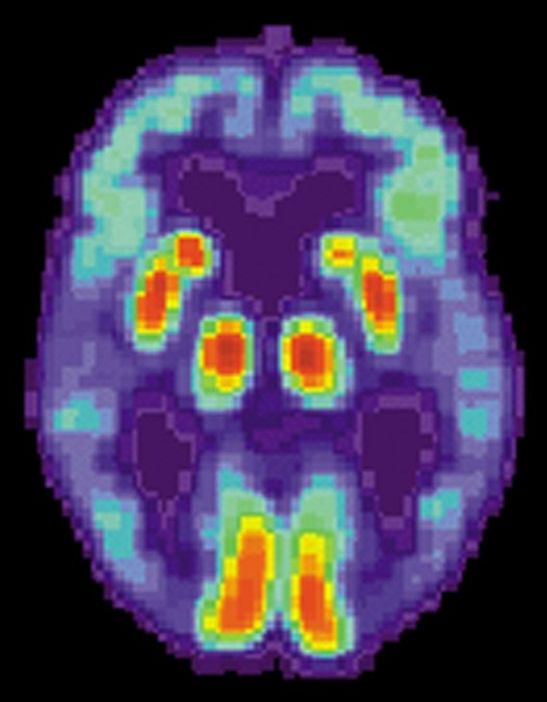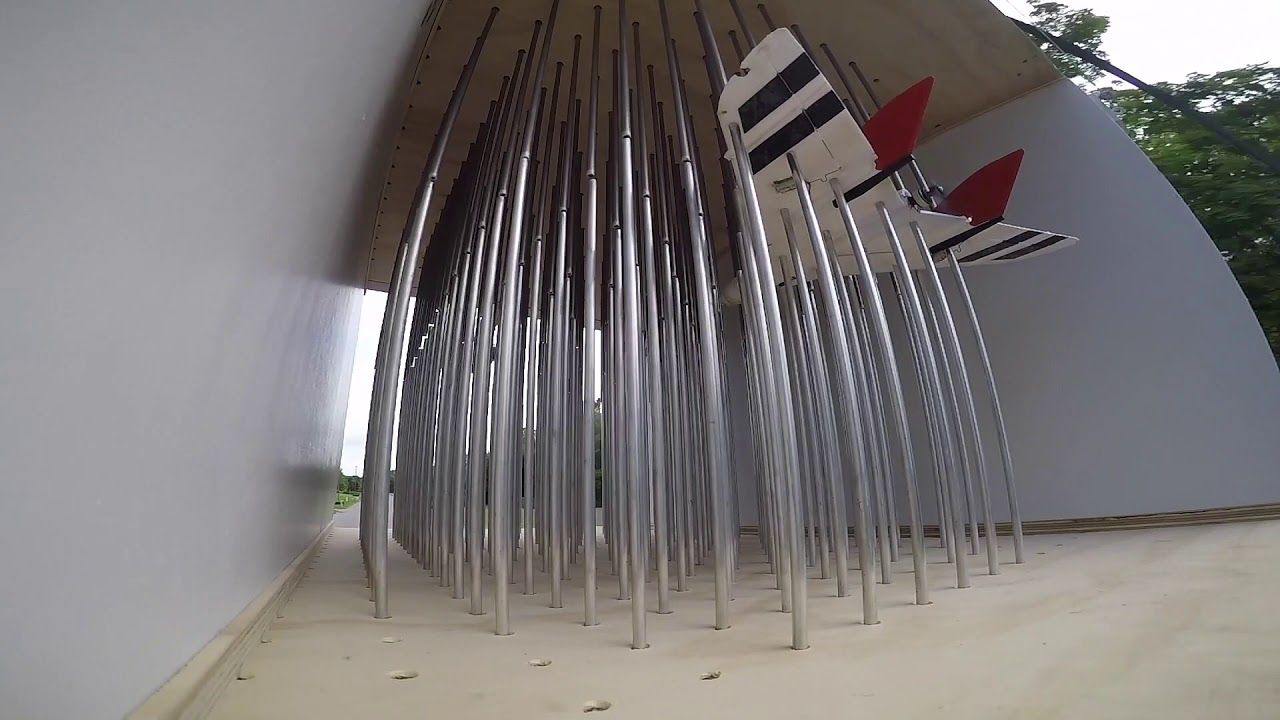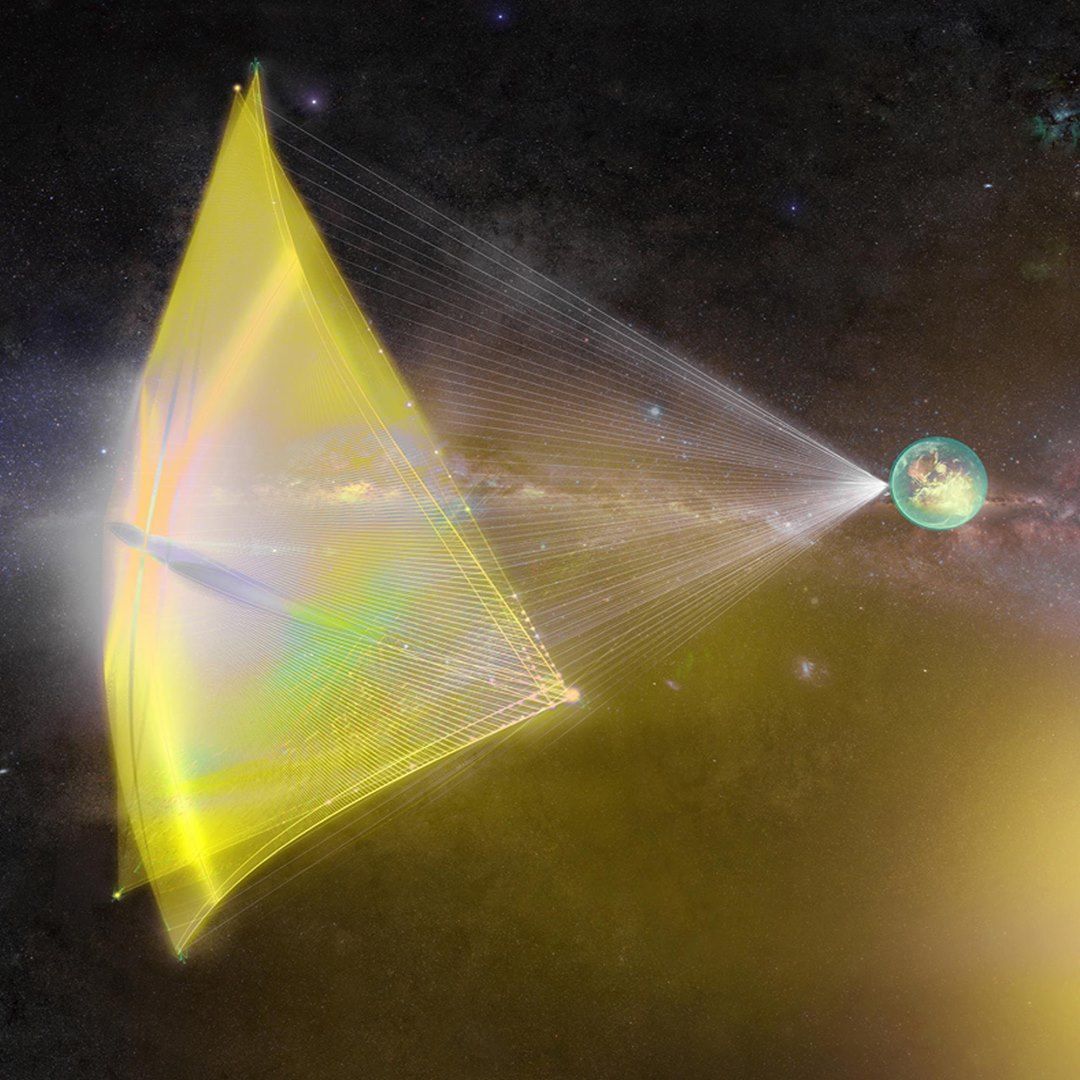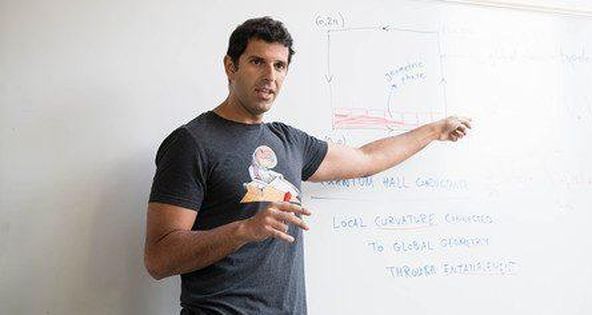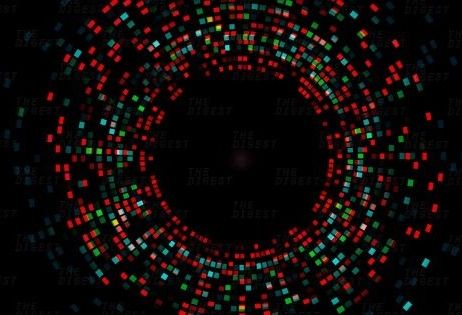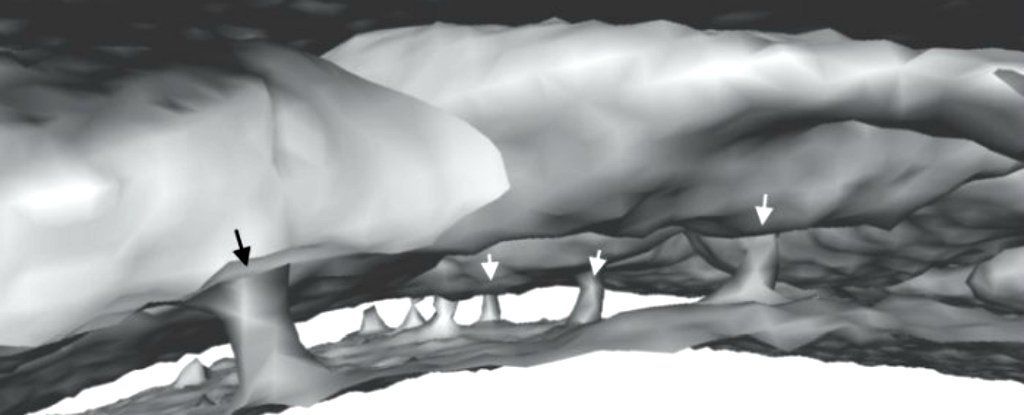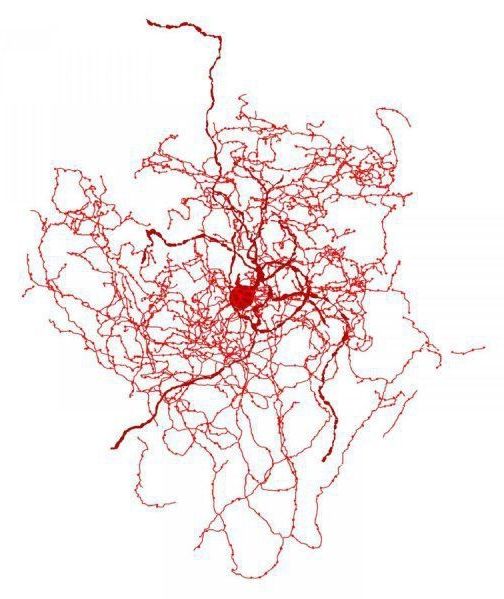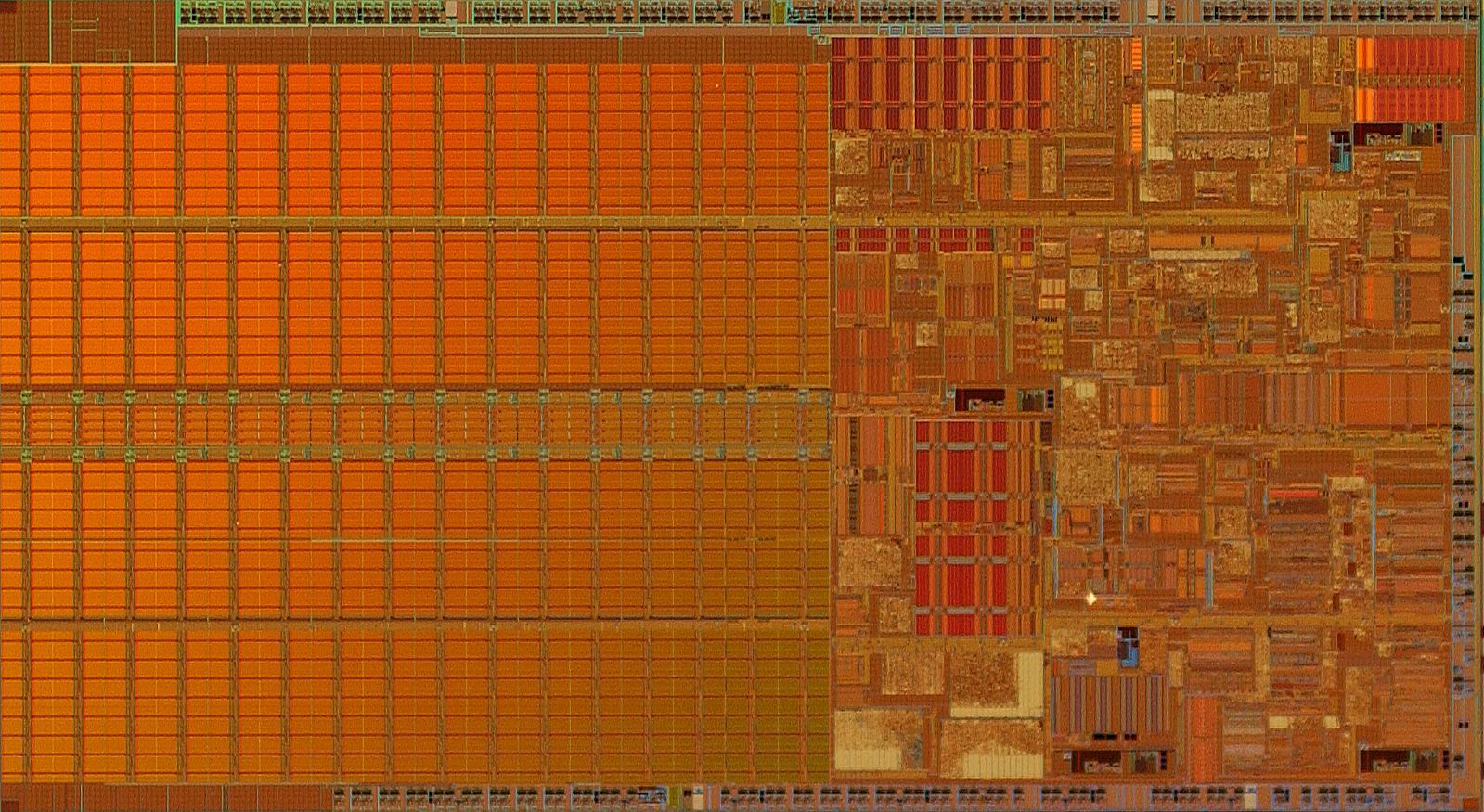A drug which has been used to treat liver disease for decades could help to restore cells damaged by Alzheimer’s, a new study from the University of Sheffield has found.
The pioneering study, funded by Alzheimer’s Research UK, discovered the drug ursodeoxycholic acid (UDCA) improves mitochondrial dysfunction – which is known to be a causative factor for both sporadic and familial Alzheimer’s disease.
Mitochondria play a pivotal role in both neuronal cell survival and death as they regulate energy metabolism and cell death pathways acting as a cell’s battery.
